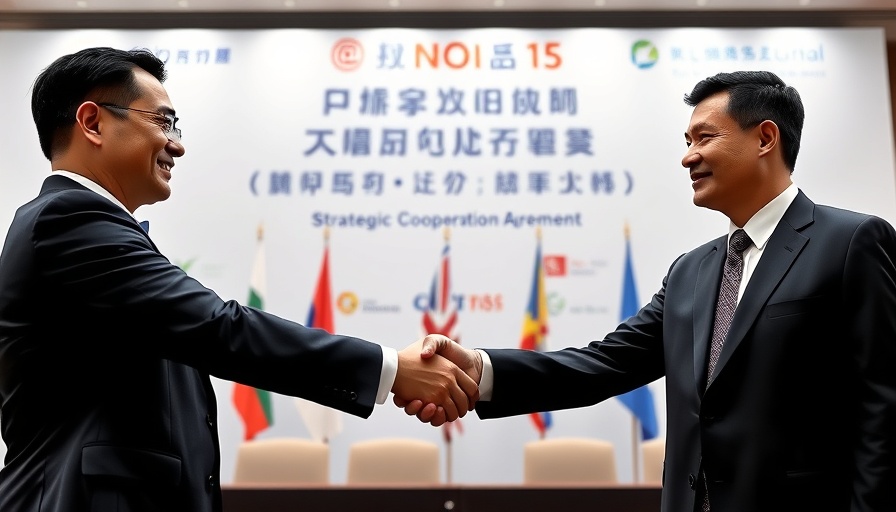
Understanding Electric Rays: Nature's Hidden Defenders
The ocean's depths teem with creatures that boast diverse adaptations for survival. One of the most extraordinary among them is the electric ray, a marine marvel that defies the odds against formidable predators like sharks. Recently, a team of scientists led by Dr. Yannis P. Papastamatiou has unveiled how these seemingly modest rays wield powerful electric shocks that can stun not just prey but also deter giants of the sea.
Electric Shock: A Maverick Defense Mechanism
With their specialized electric organs, electric rays possess the unique ability to produce potent electric pulses. This natural technology serves two primary functions: incapacitating prey like fish and squid for easy consumption, and when necessary, providing a robust defense against larger threats. According to the study, the Pacific electric ray, known scientifically as Tetronarce californica, emits longer, more intense electric bursts while hunting compared to defensive situations. This distinction in behavior reveals the sophistication of their prey-capture strategy and how they navigate encounters with apex predators.
Shark Encounters: A Surprising Interaction
While one might assume that being a small fish in a big ocean makes electric rays easy targets for sharks, the reality is quite different. The research highlights a fascinating trend: electric rays scarcely appear in the stomach contents of large sharks like great whites and tiger sharks. This suggests a successful application of their electric shock defenses. The sharks seem to instinctively recognize the danger posed by these seemingly innocuous rays, leading them to avoid confrontations altogether.
The Environment: An Often Overlooked Factor
Electric rays are not just fascinating in their individual capabilities; their behavioral adaptations also speak to larger trends in marine ecosystems. As oceanic conditions fluctuate and predators adapt to prey availability, the electric ray's ability to use its electric pulse strategically may play a crucial role in maintaining balance within its environment. Understanding such interactions is essential for professionals across industries including healthcare, sustainability, and tech—fields all intertwined with the vitality of planetary health.
Implications for Marine Conservation
As both enthusiasts and professionals in various sectors turn their eyes toward marine conservation, the story of the electric ray underscores the necessity of understanding animal behaviors. Emphasizing innovative strategies could lead to better protection of vulnerable species, while also informing policy decisions that impact marine ecosystems. Disruptive technologies in environmental monitoring can help shed light on these intricate dynamics.
Take Action: Explore and Advocate for Ocean Life
For individuals interested in innovation and growth in fields like finance, healthcare, and sustainability, the intersection of technology and marine biology offers valuable insights. Engaging with marine sciences can foster creativity and innovation in your professional space. Together, we can forge a deeper connection to the ocean's wonders and advocate for the preservation of the intricate relationships that define it.
 Add Row
Add Row  Add
Add 




Write A Comment